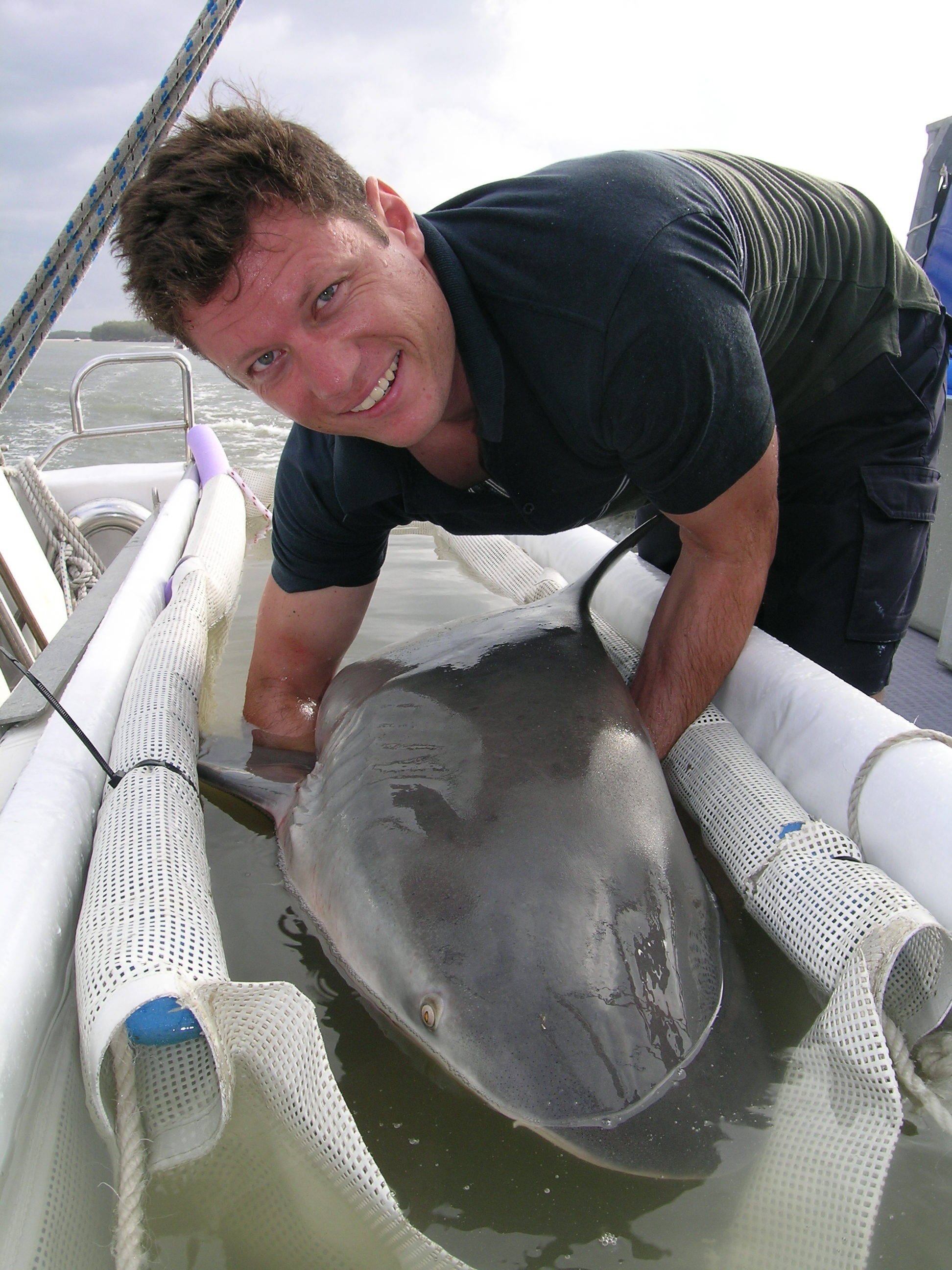Bull sharks are a well known threat to Gold Coast canals but we may inadvertently be adding to the danger, according to latest research from Griffith University.
Destruction or modification of natural waterways is forcing bull sharks into canals and other artificial waterways, even though this is not their preferred habitat.
Researcher Dr Jonathan Werry, who has completed a PhD thesis on bull shark activity on the Gold Coast, says there is a common misconception that bull sharks like to live close to people’s homes in canal developments.
“To uncover the truth we assembled a research team consisting of a senior fisheries research scientist, a university professor specialising in urban ecology, a physical oceanographer and my own background in shark capture and biology,” Jonathan said.
“After thousands of hours of field work over a three year period, capturing and long-term tracking of bull sharks in the Gold Coast canal system, we discovered young bull sharks prefer to remain in the natural environment of the Nerang River rather than venture into artificial waterways.”
Deputy Director, Australian Rivers Institute, Professor Joe Lee said the research findings have obvious implications for the management of this species in terms of conservation, as well as public safety.
“The coastal zone is increasingly altered by human communities and their activities, reducing the amount of natural habitats available to organisms,” Professor Lee said.
“What has been poorly understood is the degree to which modified habitats, such as canals, support coastal wildlife.
“These research findings that juvenile bull sharks have a significant preference for less modified river habitats over the residential canals points to a strong imperative for conserving those natural habitats.”
Jonathan says the unique combination of skills the team has brought to the research project resulted in access to new information.
“Sharks are exciting, challenging and perfectly designed for their role as an apex predator and with new and innovative tracking technologies, it’s incredible the insight we can now obtain into the life and habits of sharks.
And Jonathan’s curiosity about sharks isn’t purely academic.
“My interest in shark-human interactions increased 15 years ago after a 2.8 m shark bit my right foot.”
An open-access article on the findings of this study, Natural or Artificial? Habitat-use by the bull shark, Carcharhinus leucas, has been published in the journal PLoS One.
